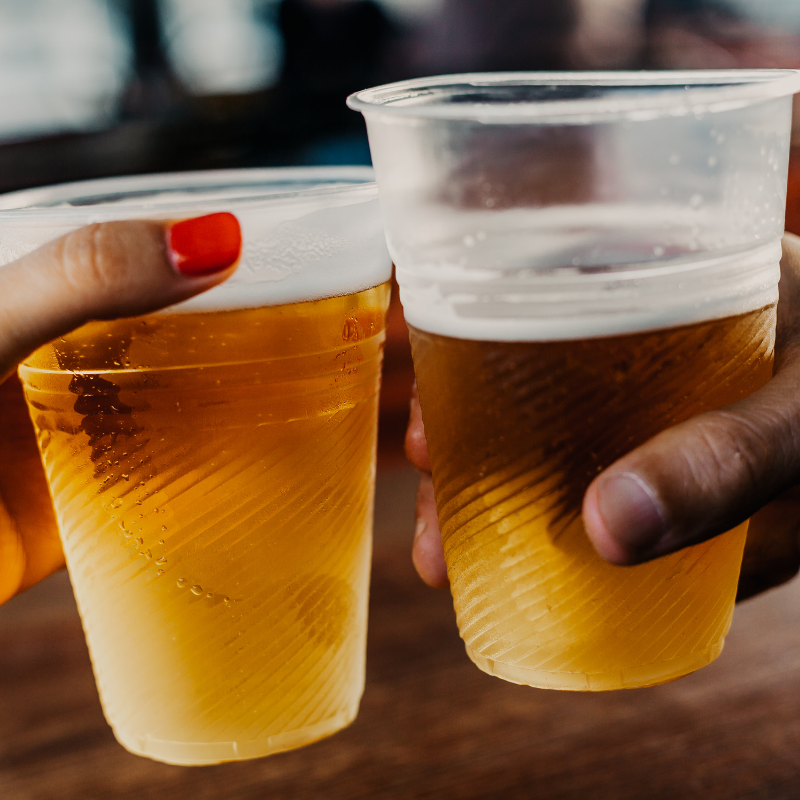 Since the war on drugs began almost 50 years ago, we have learned much about the science of addiction. Today, we know that when an adolescent is exposed to substances that produce pleasure chemically, the individual’s brain undergoes permanent changes regarding their balance of pleasure and pain. The typical response to substances that cause the release of unnatural levels of dopamine can lead to a lifelong compulsion to use substances to cope with the demands of daily life.
Since the war on drugs began almost 50 years ago, we have learned much about the science of addiction. Today, we know that when an adolescent is exposed to substances that produce pleasure chemically, the individual’s brain undergoes permanent changes regarding their balance of pleasure and pain. The typical response to substances that cause the release of unnatural levels of dopamine can lead to a lifelong compulsion to use substances to cope with the demands of daily life.
It doesn’t matter what the drug of choice is – the result is the same. The individual will use the drug repeatedly, regardless of the unpleasant consequences. This habit is the heart of addiction. It is a lifelong condition that requires lifelong attention and, in many cases, lifelong treatment. It’s important to understand that punishment – even the threat of jail time – is not a deterrent for a person who is struggling with addiction. Conventional logic cannot sway the parts of the brain driven by addiction. Punishments may make the punishers feel as if they have more control – but they do nothing to address the real problem.
How the War on Drugs Was Born
That’s why the war on drugs is such a controversial topic. Like any war, we can view the war on drugs through very different lenses. President Richard Nixon started this war himself in 1971 when he signed into law the Comprehensive Drug Abuse and Prevention Control Act. He also established the DEA (Drug Enforcement Agency). These actions were in response to so many soldiers returning home from the Vietnam War and turning to illicit drugs as a way to cope with the atrocities they’d witnessed and experienced. Drug use skyrocketed, from marijuana to heroin.
The Futility of Criminal Punishment
The war on drugs prompted two distinct schools of thought regarding what the primary focus should be. The first was an attack on the availability of illegal drugs. Allocate more efforts and resources toward making these drugs harder to access, said this school of thought. Regulate and criminalize the drugs themselves. This initiative comprises all the efforts to control the transport, sale, and distribution of illegal drugs – both in the US and across borders.
As the Reagan administration continued this fight and even scaled up efforts to reduce the supply of drugs on our streets, our prisons overflowed. In fact, the US now has the highest incarceration rates in the entire world. One in five people in prison is there for a drug-related offense, with nearly half a million people incarcerated for nonviolent drug offenses, such as possession or trafficking. The problem with imprisoning individuals who are addicted to drugs is that it simply doesn’t help. Withdrawal in prison can be dangerous, drugs are readily available in prisons anyway, and most incarcerated addicts – fully 95% – will resume using their drug of choice after their release.
The Rewards of Real Help
Also, studies are showing us that most individuals who suffer from addiction have a common thread of child trauma. The dopamine release they experience from the first onset of drug use provides a reward so pleasurable that it helps them cope with this trauma and then often the desire for more develops a dependence that they become an addiction. From the knowledge of associated childhood trauma and early exposure, the other school of thought approached.
This thought was instead of working so hard to keep drugs out (which isn’t working), we should be focusing on reducing the demand for these substances – we spend our energy and resources on making people want drugs less. We accomplish a lower demand for drugs through education, prevention, early intervention, and long-term treatment.
This approach – education regarding the risks associated with recreational drug use and early intervention before drug or alcohol use becomes a problem – has been shown to be highly effective. Unlike punishment, which is a reaction to the problem after the problem has already become advanced, education helps prevent the problem in the first place, early intervention keeps a small problem from becoming a big one, and long-term treatment programs support addicts over the months and years as they rebuild their lives.
The Future of the War on Drugs
As the battle rages on in the US, the struggle over the right allocation of resources will continue. There are countless possible approaches to find the appropriate balance, but the future of prevention must include more education, early intervention, and chronic disease management. Just like the management of a physical disease such as high blood pressure, addiction recovery requires lifelong attention.
At Pathway Healthcare, we believe in the science-backed methods of education and long-term rehab programs. Because addiction is different for each person, we use an individualized approach when it comes to helping our patients. We provide highly effective treatments for addictions to substances such as alcohol, opioids, and other drugs in a professional outpatient environment. We invite you to get in touch if you are experiencing a struggle with addiction and require assistance. We treat all our patients with respect and work to remove the stigma associated with addiction. Contact us today for real help.



